The Ultimate Guide to Sourcing the Best Fabric Suppliers in China
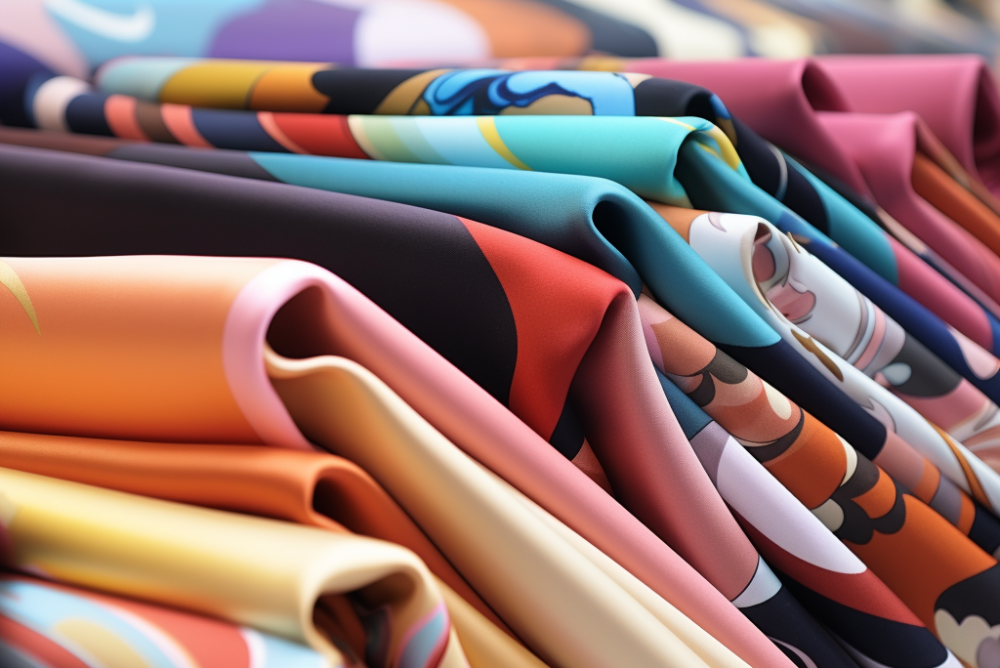
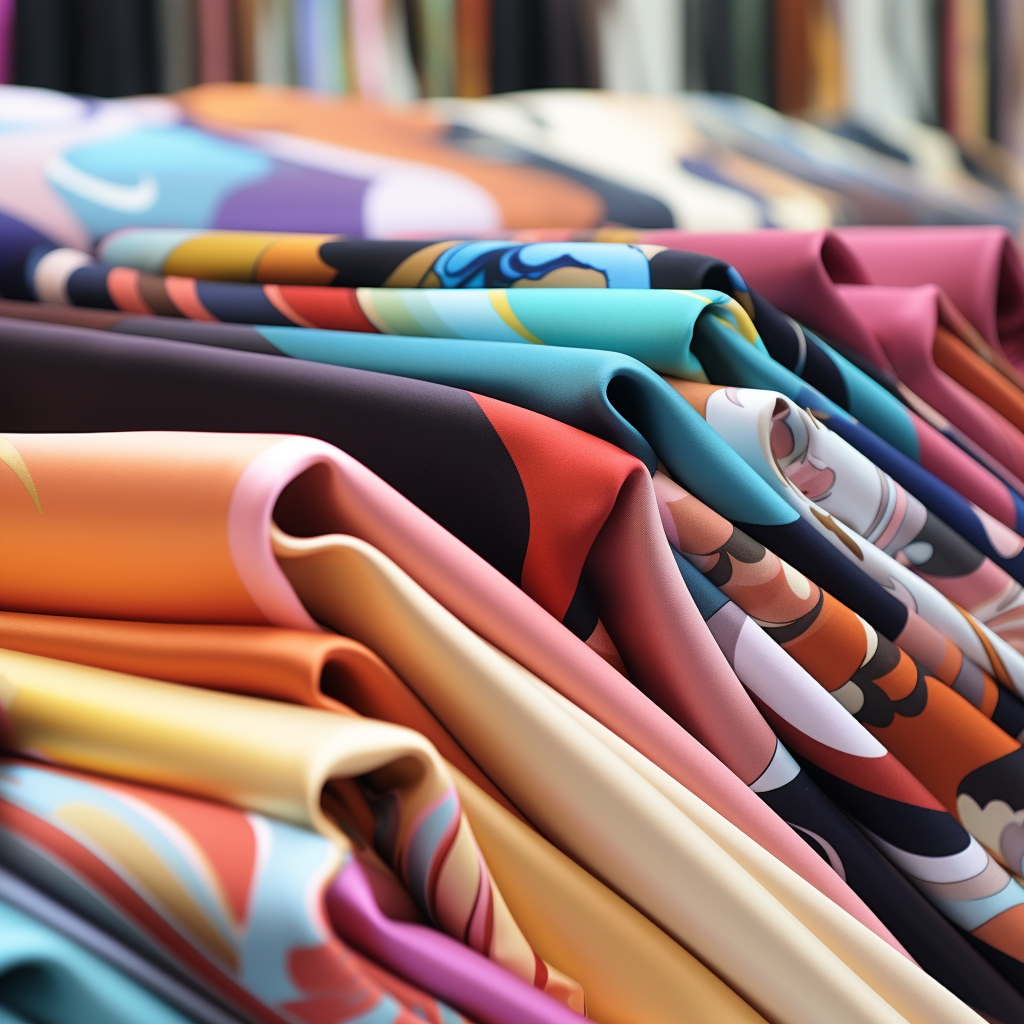
China has emerged as the world's leading supplier and manufacturer of textiles and apparel. According to statistics from the World Trade Organization (WTO), China accounted for over 30% of global textile exports and 40% of global apparel exports in 2020. The country's textile industry is valued at over $120 billion.
Provinces like Guangdong, Jiangsu, Zhejiang, and Shandong have become hubs for textile production and exports. Shanghai and Beijing also house the headquarters of major textile enterprises like Youngor, High Hope Int'l Group, Weiqiao Textile and more.
As a buyer, sourcing fabrics from China offers many advantages:
Cost savings: Bulk production and lower labor costs enable competitive pricing. MOQs can be as low as 500 meters.
Access to specialized materials: From mulberry silk to merino wool, modal to mesh - China offers a huge variety of quality fabrics.
Quick turnaround times: Efficient supply chains mean shorter production lead times, some as low as 3 weeks.
One-stop sourcing: Many suppliers offer raw materials, fabrics, accessories, packing, shipping and more.
Large production capacities: Chinese manufacturers can handle high-volume wholesale orders of 10,000 yards upwards.
However, the sheer size of the market also makes finding the right partners challenging. This article provides step-by-step guidelines for fashion brands to source the best fabric suppliers in China.
Finding Reputable Suppliers
With thousands of suppliers to choose from, finding reliable partners is critical when sourcing fabrics from China. Here are some tips to locate reputable vendors:
Use Sourcing Platforms:
Major B2B websites like Alibaba.com, GlobalSources.com and
Made-in-China.com have become go-to platforms to find suppliers. You can
post requests and get quotes from thousands of vetted vendors. Use
filters to narrow options by location, certifications, trade shows and
more. The RFQ feature allows customizing your requirements. Trade
assurance programs add protection. Look for suppliers with a Gold
Supplier badge and positive 3rd party audits.
Get Referrals from Other Buyers:
Other brands who already import from China can provide supplier
referrals based on first-hand experience. Join industry associations and
LinkedIn groups to connect with peers and get recommendations.
Attending large trade shows also presents opportunities to network and
exchange notes.
Visit Trade Shows:
Major textile trade shows like Intertextile Shanghai, Yiwu Markets and
China (Guangzhou) International Fashion Fabrics & Yarns Expo attract
thousands of suppliers in one place. Attending these massive exhibits
lets you meet numerous vendors in person, inspect products, negotiate
and make connections. Shows are held annually in Shanghai, Yiwu,
Guangzhou and Beijing.
Check Company Profiles:
Do in-depth research on shortlisted vendors. Verify details like years
in business, manufacturing capabilities, certifications, clientele,
production capacity and more. Reputable suppliers tend to have detailed
websites, brochures and extensive credentials. Review current client
testimonials and projects for further insight.
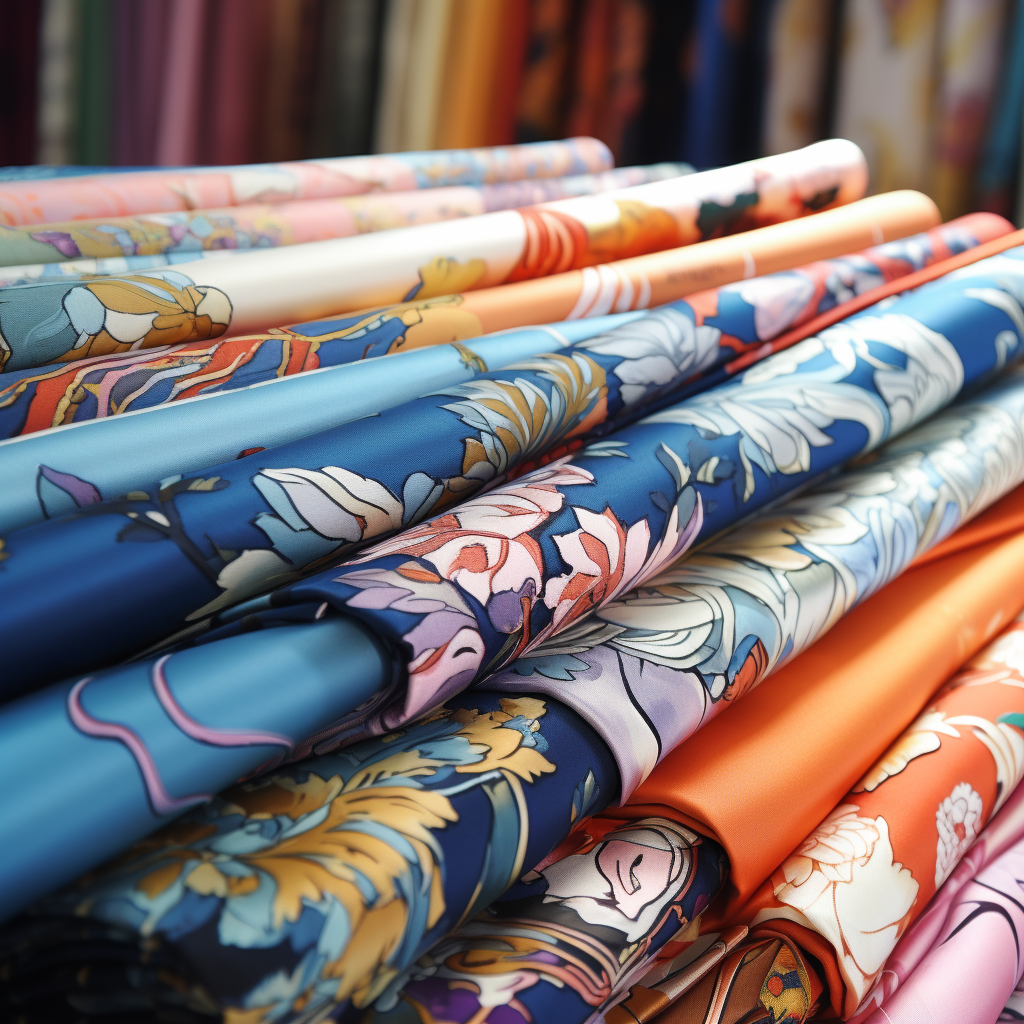
Evaluating Suppliers
Once prospective vendors are identified, evaluating them thoroughly is key before making a decision. Here are some parameters buyers should assess:
Compliance and Certifications: Look for OEKO-TEX, ISO 9001, BSCI and other certifications. Verify memberships in trade organizations.
Production Capabilities: Review their fabric varieties, printing/dyeing expertise, processing volumes and delivery timelines.
Quality Control: Examine their testing processes and equipment. Ask about defect rates and quality policies.
Pricing and MOQs: Compare price quotes and minimum order quantities. Seek volume discounts.
Fabric Samples: Procure physical samples to inspect quality firsthand. Check if they match specifications.
Factory Site Visits: Assess capabilities, working conditions and compliance measures in person. Inspect raw material and finished product stores.
Third Party Testing: Send samples to independent labs for unbiased analysis on metrics like durability, shrinkage, color variance and more.
This due diligence helps determine the best supplier match in terms of expertise, quality, transparency, ethics and partnership fit.
Negotiating With Suppliers
Once prospective partners are shortlisted, negotiating terms is key before signing contracts:
Pricing Factors: Get cost breakdowns. Discuss markups, overheads, taxes and scope for discounts on bulk orders.
Payment Terms: Most suppliers accept wire transfers, PayPal, LC, checks and credit cards. Agree on deposits, installments and timelines.
Shipping and Duties: Account for product costs separate from freight and import tariffs at destination.
Production Timeline: Discuss estimated order lead times, shipping, delivery based on capabilities.
Milestones: Map out target dates for samples, order confirmation, production updates, quality checks, shipment inspection and payment releases.
Issues Resolution: Maintain transparency. Discuss issues proactively to avoid surprises. Be reasonable, strategic and ethical.
Proper negotiations set the foundation for a mutually beneficial partnership.
Managing Logistics and Shipping
Navigating the intricacies of shipping is key to timely delivery and cost management when importing from China:
Shipping Methods: Compare air freight vs sea freight. Air is faster but costs 4-5 times more. Sea is economical for bulk shipments but slower.
Documentation: Ensure commercial invoices, packing lists, CoO, inspection certificates and other paperwork is complete and accurate.
Freight Forwarders: Hire them to arrange documentation, customs clearance, tracking and end-to-end delivery. This optimizes logistics.
Duties and Tariffs: Account for import taxes and duties at destination port. Discuss with suppliers and freight forwarders.
Warehousing: Arrange storage space to hold excess inventory to avoid container loading/unloading multiple times.
Communication: Proactively track shipment status, ETAs, delays, taxes and certificates to avoid problems.
Strategic planning and coordination ensures smooth shipping and customs clearance.
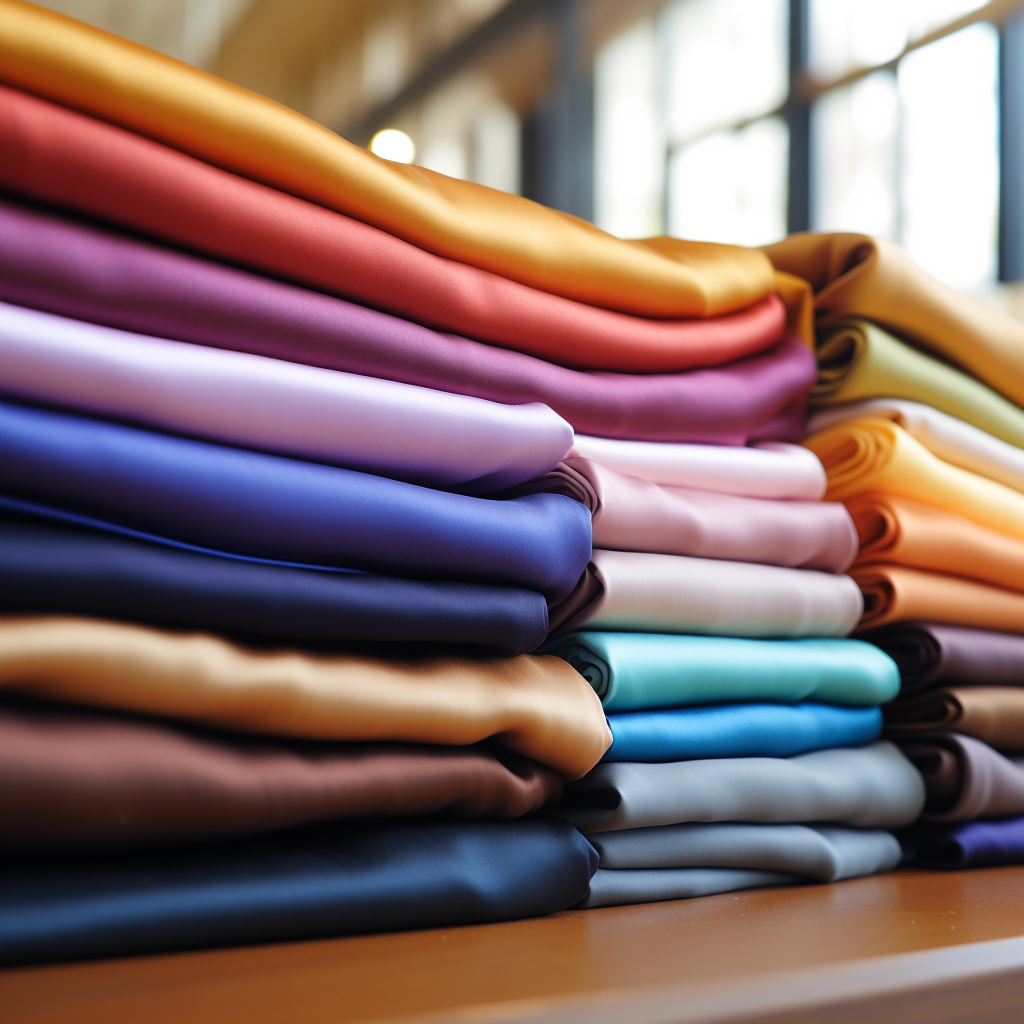
Building Successful Supplier Relationships
The most fruitful fabric partnerships are built on trust, communication and commitment:
Regular Interaction: Have frequent conversations with suppliers via email, calls and virtual meetings to align.
Performance Feedback: Provide feedback regularly to help suppliers improve processes and quality over time.
Incentivize Loyalty: Offer perks and preferential commercial terms to reward consistent top performers.
New Opportunities: Explore product development initiatives or process innovations to undertake together.
Forecast Demand: Share seasonal sales projections, launch plans and estimates of order volumes well in advance.
Resolve Issues: Approach problems as they arise through open and strategic communication. Find solutions together.
Visit Facilities: Plan periodic on-site visits to strengthen relationships, directly engage with personnel and tour facilities.
Socialize: Take partners out for dinners, send holiday cards and small gifts as cultural gestures of gratitude and goodwill.
Invest time upfront to build strategic relationships that provide long-term rewards.
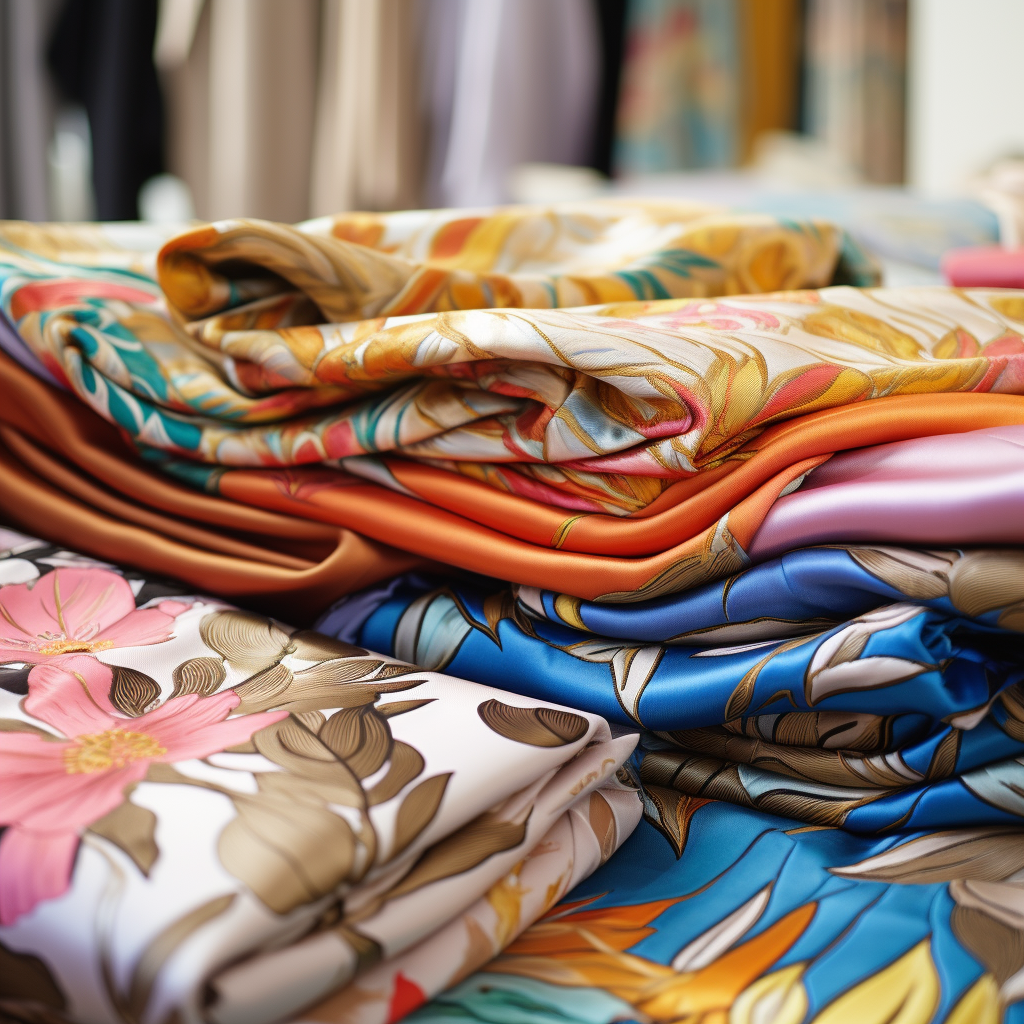
Conclusion
Sourcing high-quality yet affordable fabrics from China can be immensely beneficial for fashion brands. The key is conducting thorough research to find ideal suppliers that meet requirements of expertise, quality, lead times, compliance and costs. Negotiating win-win contract terms, streamlining shipping logistics and building trusting partnerships lays the groundwork for profitable long-term relationships. With strategic sourcing, China's vast textile industry can offer brands access to world-class materials.





-500x500.jpg)
-500x500.jpg)
-500x500.jpg)
-500x500.jpg)
-500x500.jpg)